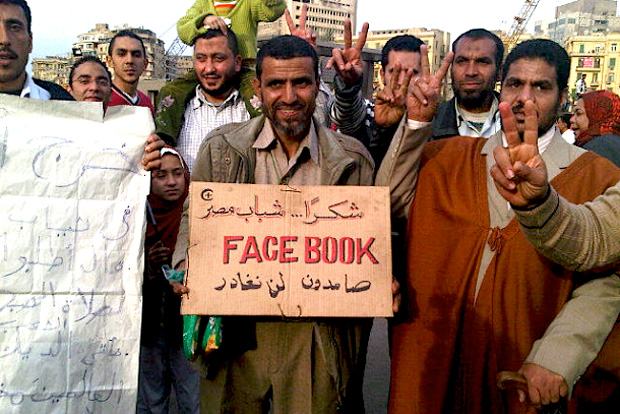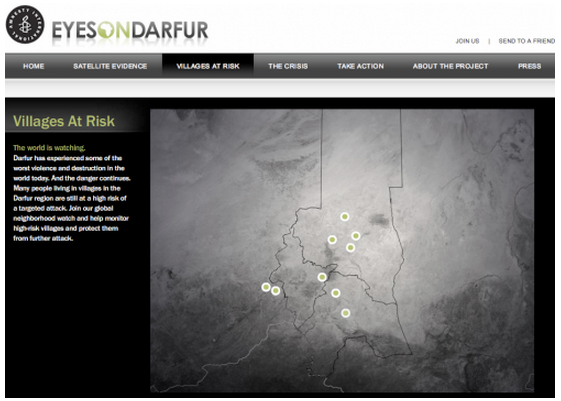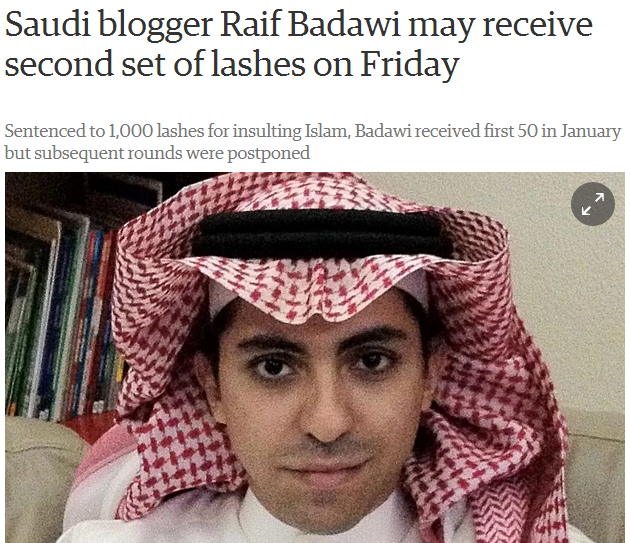New media: A force of war or a force of peace

New media: A force of war or a force of peace
27/08/2015
Can the new media and technologies also promote socially beneficial activities related to peace as they do so well with conflict ideology?
Over the last few years, social media have become ubiquitous part of modern life and social interaction among people of all ages. There is hardly a facet of modern life not touched by the social media; it is now used for business, education and politics. It is integrated into all the new technological devices (tablets, mobiles and smart TVs) so much so that 80% of smartphone users in the U.S. reach for their phone as soon as they wake up. (i) That is why it is not surprising that social media and new technologies have now become important tools of war and conflict. Facebook, Twitter and YouTube and their mobile apps for smart devices have become the new front lines in the propaganda wars in Syria and Ukraine. Long gone are the days of Al-Qaida distributed VHS tapes; professionally edited ISIL videos in HD quality are now distributed through social media and promoted on social networks all over the globe. However, the question is whether the new media and technologies can also promote socially beneficial activities related to peace as they do so well with conflict ideology.
A force of Good
The stories of positive use of new technologies and social networks are quite well documented. The best-known cases are the ones from the Arab Spring where the social media networks were believed to be the essential ingredient that helped organize events which led to the toppling of the authoritarian regimes. In 2010, Tunisian revolt against the president Ben Ali started (ii) when the video of the initial protests recorded on mobile phones and posted on YouTube and Facebook spread across the Arab world. At about the same time, an Egyptian Wael Ghonim organized a Facebook group of more than 100,000 people for January 25th demonstrations against the president, Hosni Mubarak. (iii) Similar protests in Iran in 2009 were inspired by organizing on Twitter, so the mainstream media quickly dubbed these protests Twitter Revolution and Facebook Revolution. While these anecdotes hugely oversimplify the conditions on the ground and exaggerate the role of technologies at the expense of the people, optimistic belief in the positive influence of social media on the political life is prevalent.

Photo: Egypt, Arab spring
Further evidence of the positive impact of new media on society can be found all over the world. Two new practices of gathering information have emerged in the last decade due to the new ability of people to share information through new technologies; they are known as crowdsourcing and "Big Data" aggregation. The process of producing knowledge or media content based on reporting from a large group of people involved in the event is known as crowdsourcing but when that data become too large to process to require the use of automated processing this is known as "Big Data" aggregation. Both crowdsourcing and Big Data have found numerous application and many uses in crisis areas. For example, a group of social activists known as Ushahidi collect reports of human rights violations and document first-hand accounts of violence by collecting SMS messages about such acts and placing that info onto a Google map. In 2011, when the violence caused crisis in Libya, the UN Office for the Coordination of Humanitarian Affairs reached out to Ushahidi in order to gain a better understanding of the imminent humanitarian crisis. The data gathered by the SMS messages was presented in a live Crisis Map documenting over 2,000 reports about security concerns, movement of people, and humanitarian needs. As a testament of success, the chief director of the World Food Program credited the mapping as a key source in planning for the relief operation along the borders with Egypt and Tunisia. (iv)
Another way that the new technologies have improved information gathering especially in the inaccessible areas plagued by conflict is through satellite monitoring where organizations use commercially available satellite photography to document events on the ground (i.e. troop mobilizations and movement, evidence of violence, destruction, and mass graves). These rather detailed photos obtained by the privately owned satellite orbiting the Earth are collected with the intention to deter future crimes. The idea that most crimes are carried out due to the perpetrator’s perception of impunity and anonymity is challenged by the sophisticated technology capable of documenting evidence and initiating subsequent judicial action. Two such projects like Eyes on Darfur and Satellite Sentinel launched in order to monitor the situation in Sudan and Southern Sudan. As a result, there were visible changes of behavior on the ground in the movement of Janjaweed militia, the decisions made by the local government, decrease in the rate of attack on the villages under satellite monitoring, and the decision the Chadian government to accept the peacekeeping forces alongside its border. (v)

Photo: Eyes on Darfur Project/Printscreen
Gathering and disseminating information has traditionally been the domain of professional journalists whose primary intention was to inform the public. But new technologies have empowered various other actors to gather their own data and use it for their own reasons. Because of the free and easy to use social media platforms, various advocacy organizations for the first time can inform, advocate and persuade a mass audience directly reaching as many people as journalists do. Satellite photography gathering projects like Eyes on Darfur by Amnesty International is the example of awareness raising media activities that intend to promote their causes at the same time as they are informing. There is hardly any major civil society organization that has not tried to use new and social media in advancing their causes. This is perhaps one of the areas where new media has found a comprehensive utilization.
A force of Evil
Although new technologies have empowered many citizens to voice their opinion and equipped many peacebuilding actors with powerful tools, online spaces continue to provide numerous obstacles to peace: authoritarian actors and terrorist groups continue to be successful in engaging in propaganda warfare, free speech continues to be repressed online and hate speech proliferates due to the online anonymity. A major study conducted by The Organization for Economic Co-operation and Development (OECD) about the early warning and prevention concluded that in 2009 we were not in a better position to prevent genocide than we were in 1994 in Rwanda. (vi) Militant groups engaged in waging conflicts are emboldened by the impact of their online propaganda to reach a wider audience. Their on-line influence to incite and propagate is often asymmetrical to their offline physical presence on the ground. (vii) Whether it is a local context of Iraqi insurgents on the Internet or the case of global terrorist groups like Al Qaida and ISIL, vile rhetoric and audio and visual propaganda materials have deeply penetrated the social network sites like Facebook, YouTube, Twitter, and Instagram. (viii)
Additionally, oppressive governments continue to repress the fundamental rights of people to free speech and the freedom to receive information. Well documented are the attempts of the authoritarian censorship of the search engines and individual social networks in China (ix), Egypt (x), and Iran (xi). Private citizens like Saudi blogger Raif Badawi, sentenced to 1000 lashes for insulting Islam, is scheduled to receive his second set of 20 lashes in the public square of the Saudi city Jedah (xii). Three bloggers in Bangladesh were murdered with machetes in public over the last three months for writing about secular issues. (xiii) Assaults like these do not seem to be on the decrease despite the positive power of social media.

Photo: Raif Badawi/Printscreen
Perhaps, it should not be surprising to see that the new media is used in a similar way to the old, traditional media. Propaganda, attacks on journalists and free speech will not be eliminated because of the new technologies and social networks. Propaganda dominated the early uses of media until the end of the Cold War when media found its employment in peacebuilding. Since then, new media has improved security in Africa, the Middle East, and Asia. (xiv) They offered additional sets of tools and resources that have proved to be extremely useful in multiple situations as well as in those of violent conflict. The ability of new media to inform, involve, and mobilize citizens is confirmed. Overall, new media seemed to have enhanced the ability of peacebuilding agents to achieve their goals in almost all facets of their practice. But technology, new and old, is used and it will continue to be used by people for multiple purposes both good and bad.
_____________________________
iii Giglio, Mike. Reluctant Revolutionary. Newsweek.31.10.2011, svezak 158, broj 18, str. 45-45.
iv Bailard, Catie (2012). Mapping the Maps: A Meta-Level Analysis of Ushahidi and Crowdmap. Report of the Internews Center for Innovation & Learning, maj 2012, Washington DC.
vi OECD(2009).Preventing Violence, War and State Collapse. The Future of Conflict Early Warning and Response, Pariz.
vii Weimann, Gabriel. Terror on Facebook, Twitter, and Youtube. Brown Journal of World Affairs. Proljeće/ljeto 2010, svezak 16, broj 2, str. 45-54.
viii Weimann, Gabriel. (2014). New Terrorism and New Media. Woodrow Wilson International Center for Scholars. http://www.wilsoncenter.org/publication/new-terrorism-and-new-media
ix MacKinnon, Rebecca. (2011). China's "networked authoritarianism". Journal of Democracy. Svezak 22, broj 2, str. 32-46, tačka 15.
x Sakr, Naomi. (2010). News, transparency and the effectiveness of reporting from inside Arab dictatorships. International Communication Gazette. Svezak 72, broj 1, str. 35-50.
xi Golkar, Saeid.(2011). “Liberation or Suppression Technologies? The Internet, the Green Movement and the Regime in Iran.” International Journal of Emerging Technologies & Society. Svezak 9, broj 1, str. 50-70, tačka 21.
xiii http://www.theatlantic.com/international/archive/2015/05/das-murdered-blogger-bangladesh/393395/
xiv Stauffacher, Daniel, Barbara Weekes, Urs Gasser, Colin Maclay & Michael Best (ur) (2011). Peacebuilding in the Information Age. Sifting Hype from Reality. Ženeva: ICT4 Peace Foundation.
Livingston, S. L, 2011, 'Africa's Evolving Infosystems: A Pathway to Security and Stability', istraživački rad, br. 2, Africa Center for Strategic Studies, Boulder, Colorado





